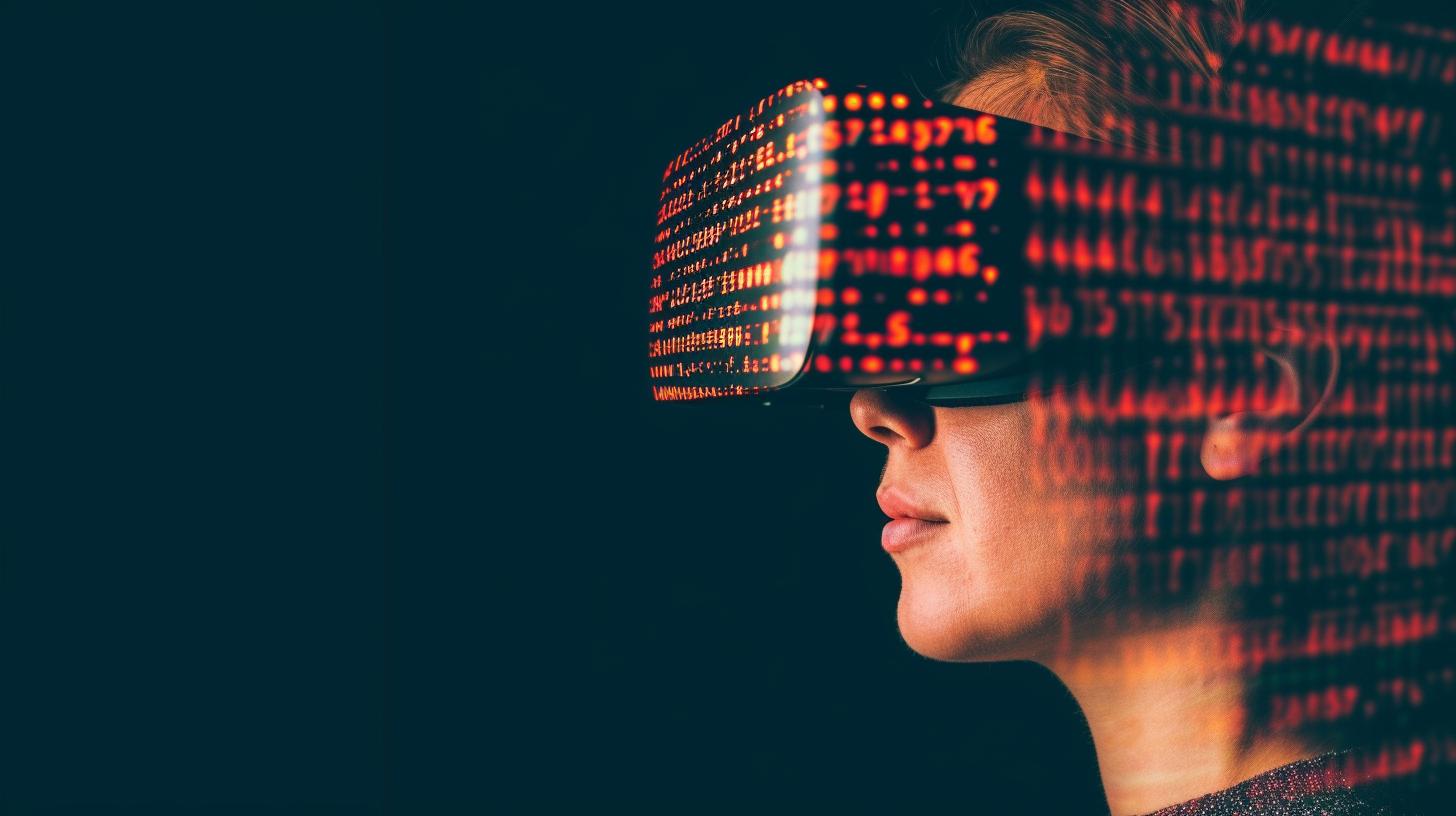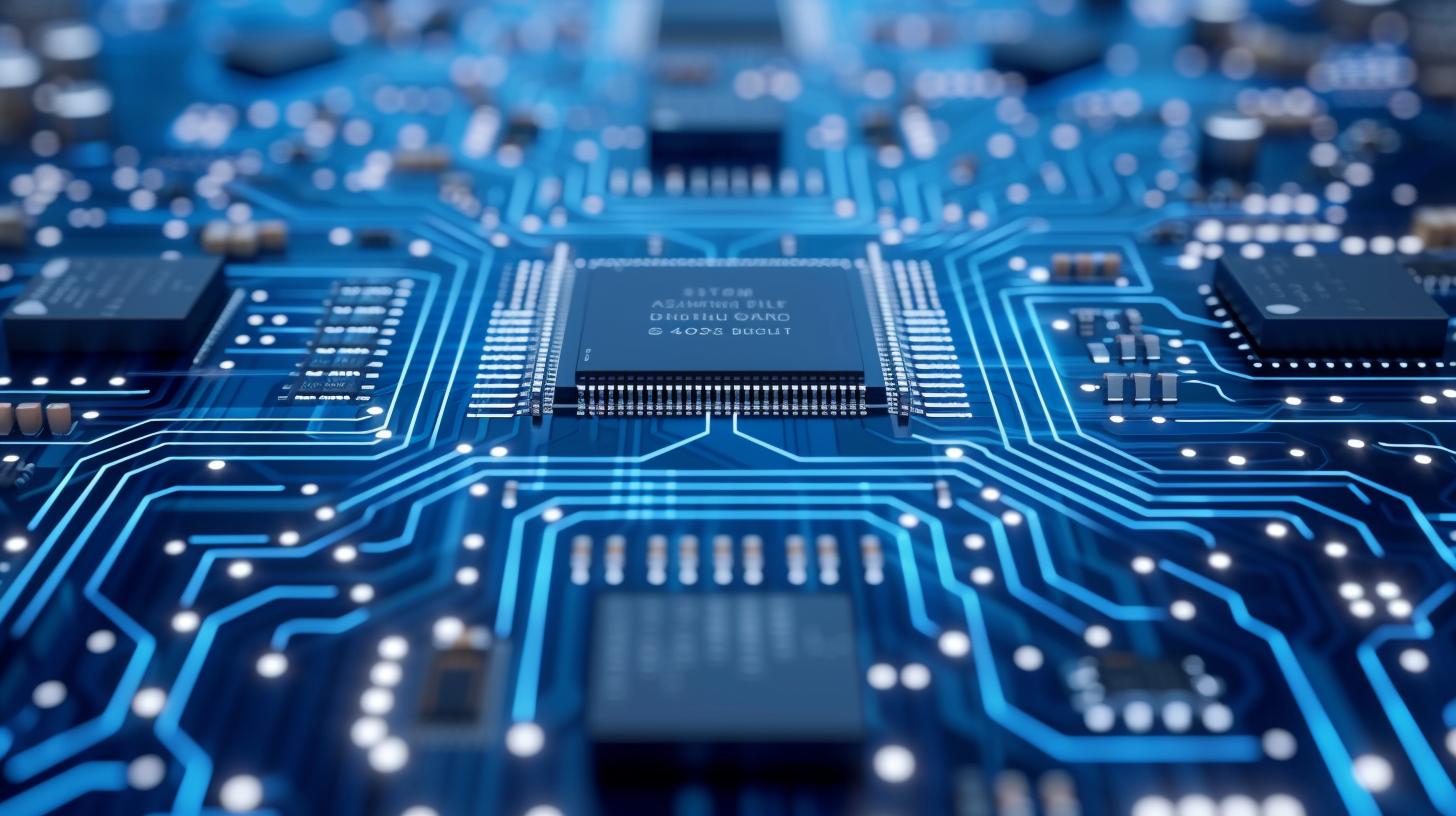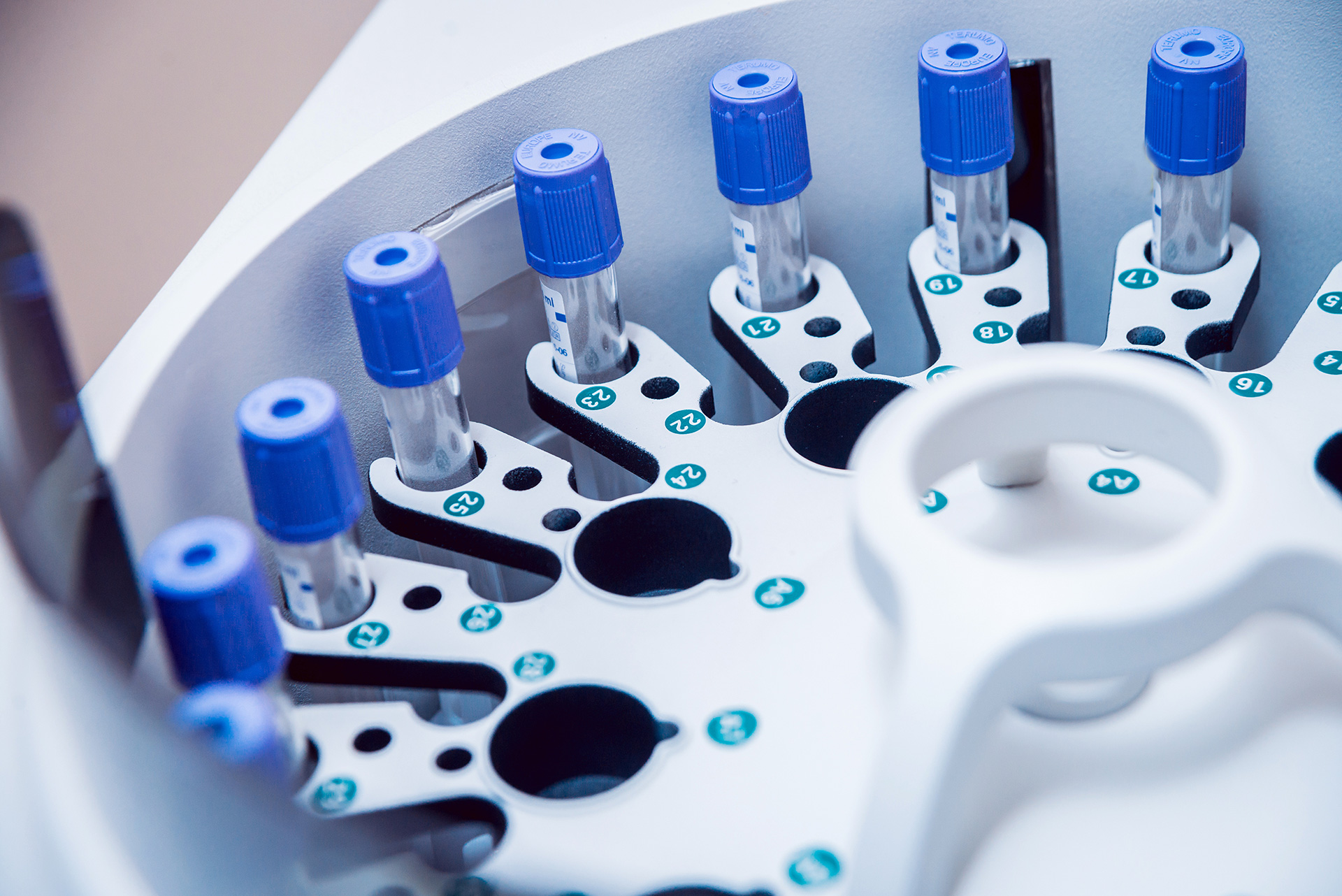
S/PDIF, or Sony/Philips Digital Interface, is a type of digital audio interface that has become increasingly popular in the world of audio technology. In this article, we will delve into the meaning of S/PDIF and explore its significance in modern audio systems.
First introduced in the early 1980s, S/PDIF was developed by Sony and Philips as a standard for transmitting digital audio signals between various types of equipment. It has since become an essential component in the field of digital audio, used in devices such as CD and DVD players, sound cards, home theater systems, and more.
As we take a closer look at S/PDIF, it is important to consider its historical evolution and how it has advanced over the years. We will also compare S/PDIF with other audio interfaces to understand its unique features and benefits.
In addition to discussing the technical aspects of S/PDIF, we will explore its connectors and cables to provide a comprehensive understanding of how it operates within a system. This will help demystify any confusion surrounding the physical setup of S/PDIF connections.
Furthermore, we will delve into the practical advantages of using S/PDIF in audio systems. From improved sound quality to seamless compatibility with multiple devices, there are numerous benefits to utilizing this digital interface.
Lastly, we will address common misconceptions about S/PDIF and debunk any myths or misunderstandings that may exist. Additionally, we will provide insights into troubleshooting common issues with S/PDIF connections to ensure smooth functionality in audio setups.
History and Evolution of S/Pdif Technology
S/PDIF, which stands for Sony/Philips Digital Interface, is a type of digital audio interface that is used to transmit audio signals between devices. It was first standardized in 1983 by the two companies mentioned in its name, and it has since become an important tool in the world of digital audio technology.
The history and evolution of S/PDIF technology can be traced back to the early days of digital audio. Before S/PDIF, there were no widely accepted standards for transmitting digital audio signals between different devices. This made it difficult to connect devices from different manufacturers and led to compatibility issues.
In the late 1970s and early 1980s, Sony and Philips recognized this problem and worked together to develop a standardized digital audio interface that would allow for easy connection between different devices. The result was the S/PDIF standard, which was officially introduced in 1983.
- In 1991, a revised version of the S/PDIF standard was released, known as S/PDIF Phase II. This updated version included improvements in the technical specifications of the interface, such as support for higher sample rates and bit depths.
- As technology continued to advance, new versions of the S/PDIF standard were developed to keep up with the demands of high-quality digital audio transmission. These advancements have allowed S/PDIF to remain relevant in the modern digital audio landscape.
Despite its age, S/PDIF continues to be used in a wide range of professional and consumer audio applications. Its widespread adoption can be attributed to its reliability, simplicity, and ability to transmit high-quality digital audio signals over relatively long distances using inexpensive cables.
Overall, the history and evolution of S/PDIF technology have been marked by continuous improvement and adaptation to meet the changing demands of digital audio transmission. As new technologies emerge and standards evolve, it will be interesting to see how S/PDIF continues to play a role in shaping the future of digital audio connectivity.
S/Pdif vs Other Audio Interfaces
S/PDIF, which stands for Sony/Philips Digital Interface, is a type of digital audio interface used to transmit audio signals between devices. It is important to understand how S/PDIF compares to other audio interfaces in order to make informed decisions about selecting the right technology for your audio setup. In this section, we will explore the differences between S/PDIF and other popular audio interfaces, such as HDMI, USB, and analog connections.
S/Pdif vs HDMI
One of the most common comparisons made with S/PDIF is with HDMI, which is a multi-purpose interface used for transmitting both audio and video signals. While both interfaces are capable of carrying high-quality digital audio signals, there are some key differences between the two. HDMI is generally preferred for home theater setups and multimedia applications where video transmission is also required. On the other hand, S/PDIF is primarily used for transmitting only audio signals between devices.
S/Pdif vs USB
Another popular comparison is between S/PDIF and USB audio interfaces. USB has become a widely used standard for connecting various peripherals to computers and other devices. When it comes to transmitting digital audio signals, USB offers certain advantages over S/PDIF, such as higher bandwidth and compatibility with a wide range of devices. However, some audiophiles argue that S/PDIF provides better sound quality due to its dedicated nature and lower jitter.
S/Pdif vs Analog Connections
Analog connections, such as RCA or 3.5mm cables, have been around for much longer than digital interfaces like S/PDIF. While analog connections are simple and versatile, they are susceptible to signal degradation over long distances and may suffer from interference. In contrast, S/PDIF offers a cleaner and more reliable signal transmission in digital format without the drawbacks associated with analog connections.
Understanding S/Pdif Connectors and Cables
S/PDIF, which stands for Sony/Philips Digital Interface, is a type of digital audio interface used to transmit audio signals between devices. This technology is important because it allows for the transfer of high-quality digital audio signals without degrading the sound quality. One key aspect of S/PDIF is its use of connectors and cables to facilitate the transmission of these digital audio signals.
S/PDIF connectors come in two common forms: coaxial and optical. Coaxial S/PDIF connectors are usually found on consumer audio equipment such as DVD players, home theaters, and sound cards. These connectors have a single RCA jack and can transmit both stereo and multi-channel audio signals. On the other hand, optical S/PDIF connectors use TOSLINK cables to transmit light signals instead of electrical signals, which provides electrical isolation between devices and eliminates the risk of ground loops.
When it comes to selecting cables for S/PDIF connections, it’s important to choose ones that are capable of carrying digital audio signals without introducing noise or interference. For coaxial connections, it’s recommended to use 75-ohm impedance cables to minimize signal loss and reflections. Likewise, optical S/PDIF cables should be made from high-quality materials capable of transmitting the light signals effectively.
To ensure proper connectivity between devices using S/PDIF technology, it’s essential to understand the different types of connectors available and their corresponding cables. This is especially important when setting up home theater systems or professional audio interfaces where multiple devices need to be interconnected. By using the correct S/PDIF connectors and cables, users can avoid compatibility issues and maintain optimal signal integrity.
In summary, understanding S/PDIF connectors and cables is crucial for anyone working with digital audio equipment. Whether using coaxial or optical connections, choosing the right type of cable and connector can make a significant difference in ensuring reliable audio signal transmission. As technology continues to evolve, it’s important for users to stay informed about best practices for utilizing S/PDIF connections in various audio setups.
How Does S/Pdif Work? Exploring the Technical Aspects
S/PDIF, which stands for Sony/Philips Digital Interface, is a type of digital audio interface used to transmit audio signals between devices such as CD and DVD players, sound cards, and home theater systems. S/PDIF is an important component in the world of digital audio technology because it allows for high-quality transmission of audio data without the need for analog conversion.
One of the key technical aspects of how S/PDIF works is its use of pulse code modulation (PCM) to digitally encode audio signals. This means that the analog audio signal is converted into a series of binary numbers that can then be easily transmitted and decoded by compatible devices. The PCM data is then transmitted using either electrical or optical cables, depending on the type of S/PDIF connection being used.
Another important aspect of S/PDIF technology is its support for multichannel audio formats such as Dolby Digital and DTS. This allows for the transmission of surround sound audio from sources like Blu-ray players and gaming consoles to compatible receivers and speaker systems. S/PDIF also provides support for high-resolution audio formats like PCM at sampling rates up to 192 kHz, ensuring that audiophiles can enjoy studio-quality sound reproduction.
In terms of data transmission, S/PDIF uses a specific protocol known as serial communication. This means that the digital audio data is sent in a continuous stream of bits, with each bit representing a discrete “1” or “0”. This method allows for reliable and accurate transmission of audio signals over relatively long distances without loss or degradation.

It’s important to note that while S/PDIF is capable of transmitting high-quality digital audio signals, it does have limitations in terms of bandwidth and support for newer formats such as Dolby TrueHD and DTS-HD Master Audio. As technology has advanced, newer interfaces such as HDMI and USB have become more popular due to their ability to handle higher bandwidth and support both video and audio data simultaneously.
Overall, understanding the technical aspects of how S/PDIF works is crucial for anyone working with digital audio equipment. Whether you’re setting up a home theater system or connecting professional recording gear, having a solid grasp on this fundamental technology will help ensure optimal performance and compatibility with other devices.
The Benefits of Using S/Pdif in Audio Systems
S/PDIF, which stands for Sony/Philips Digital Interface, is a type of digital audio interface that is used to transmit audio signals in a digital format. It is important in the world of audio systems because it allows for high-quality digital audio transmission, making it ideal for connecting various audio devices such as CD and DVD players, sound cards, and home theater systems.
One of the key benefits of using S/PDIF in audio systems is its ability to transmit uncompressed audio data. This means that the original audio signal is preserved without any loss of quality during transmission. As a result, S/PDIF provides a superior audio experience compared to other connection methods such as analog RCA cables.
Another advantage of S/PDIF is its versatility and compatibility with different types of digital audio formats. Whether it’s stereo PCM, Dolby Digital, DTS, or even newer formats like Dolby TrueHD and DTS-HD Master Audio, S/PDIF can handle them all. This makes it suitable for use in a wide range of audio setups and ensures that users can enjoy high-fidelity sound regardless of the source material.
In addition, S/PDIF connections are relatively easy to set up and use. With standardized connectors and cables, it’s straightforward to establish a connection between compatible devices. This user-friendly nature makes S/PDIF a popular choice for both professional audio engineers and casual consumers alike.
Furthermore, S/PDIF offers the advantage of long-distance transmission without signal degradation. The use of optical or coaxial cables allows for reliable transmission over significant distances, making it suitable for large home theater setups or studio environments. This means that users can enjoy high-quality digital audio without worrying about signal loss or interference.
Overall, the benefits of using S/PDIF in audio systems are clear: high-quality digital audio transmission, compatibility with various formats, ease of use, and reliable long-distance transmission capabilities. These factors make S/PDIF an essential technology in today’s digital audio landscape.
| Benefits | Description |
|---|---|
| Uncompressed Audio Transmission | Preserves original audio quality without loss |
| Versatility and Compatibility | Works with various digital audio formats |
| User-Friendly Setup | Standardized connectors for easy connection |
| Long-Distance Transmission | Reliable over significant distances without signal degradation |
Common Misconceptions About S/Pdif
S/PDIF, also known as Sony/Philips Digital Interface, is a type of digital audio interconnect used in consumer audio equipment to output audio over reasonably short distances. It is primarily used to connect a source device, such as a CD or DVD player, to a receiving device such as an AV receiver. Despite its widespread use and importance in digital audio systems, there are several misconceptions and myths surrounding S/PDIF that need to be addressed.
One common misconception about S/PDIF is that it only supports stereo audio. In reality, S/PDIF can support multi-channel audio formats such as Dolby Digital and DTS, making it suitable for connecting devices that support surround sound systems. This makes it a versatile option for transmitting high-quality audio signals from various devices to speakers or receivers.
Another myth surrounding S/PDIF is that it degrades the quality of the audio signal. Some people believe that using an S/PDIF connection will result in loss of fidelity compared to analog connections. However, when properly implemented with good quality cables and components, S/PDIF can transmit digital audio signals without any loss of quality.
There is also a misconception that all S/PDIF cables and connectors are created equal. In reality, the quality of the cable and connectors used in an S/PDIF setup can have a significant impact on the performance of the system. Using high-quality cables with proper shielding and impedance matching can help minimize signal loss and interference.

Furthermore, some users mistakenly believe that S/PDIF connections require specialized knowledge to set up and operate. While understanding the technical aspects of S/PDIF can be helpful, setting up an S/PDIF connection is relatively straightforward and can be done by following basic guidelines provided by device manufacturers.
Lastly, there’s a misconception that S/PDIF connections are outdated and not suitable for modern digital audio systems. With advancements in technology, S/PDIF continues to be relevant in modern home theater setups and professional audio systems due to its ability to transmit high-resolution digital audio signals effectively.
Troubleshooting and Common Issues With S/Pdif Connections
S/PDIF connections are commonly used in modern digital audio systems, but like any technology, they can come with their own set of troubleshooting and issues. Understanding common problems with S/PDIF connections and how to troubleshoot them is essential for maintaining a seamless audio experience.
Common Issues With S/Pdif Connections
One of the most common issues with S/PDIF connections is the inability to achieve a stable connection. This can result in intermittent audio dropouts or poor audio quality. Another frequent problem is the mismatch between the S/PDIF format and the connected devices, leading to compatibility issues that prevent proper signal transmission.
Troubleshooting S/Pdif Connections
When troubleshooting S/PDIF connections, it’s important to start by checking the physical connection itself. Ensure that all cables are securely connected and that there are no visible signs of damage to the connectors or cables. If using multiple devices, such as a receiver and a source component, verify that both devices are set to use the same S/PDIF format.
Another potential issue could be related to the settings on the audio devices themselves. Check the device’s settings menu to confirm that the S/PDIF output is enabled and configured correctly. Additionally, ensure that any connected devices support the specific S/PDIF format being used for transmission.
Dealing With Signal Dropout
Signal dropout can be frustrating when using an S/PDIF connection. This issue may be caused by electromagnetic interference from nearby electronic devices or improperly shielded cables. To address this, try repositioning cables away from other electronics and consider investing in higher-quality shielded cables for better signal integrity.
Resolving Compatibility Issues
If encountering compatibility issues between connected devices, check if there are any firmware updates available for your equipment that may address these concerns. In some cases, using an external digital-to-analog converter (DAC) with compatible input formats may help bridge incompatibility gaps between different devices.
Troubleshooting common issues with S/PDIF connections is crucial for maintaining a reliable and high-quality audio experience. By understanding potential problems and implementing effective troubleshooting strategies, users can overcome technical challenges associated with using S/PDIF in their audio systems.
S/Pdif in the Modern Digital Audio Landscape
S/PDIF, or Sony/Philips Digital Interface, continues to play a significant role in the modern digital audio landscape. In an era where digital audio is the norm and high-quality sound reproduction is a priority, S/PDIF remains relevant due to its unique capabilities and compatibility with various audio devices.
One of the key reasons why S/PDIF is crucial in the modern digital audio landscape is its ability to transmit high-quality, uncompressed digital audio signals. This means that users can enjoy pristine sound quality without any loss of data during transmission. This is especially important for audiophiles and professionals who demand uncompromising sound fidelity in their audio productions.
Furthermore, S/PDIF allows for the transmission of multi-channel audio, making it suitable for home theater systems and professional audio setups. With support for formats such as Dolby Digital, DTS, and PCM, S/PDIF offers a versatile solution for delivering immersive surround sound experiences.
In addition, the widespread adoption of S/PDIF in consumer electronics such as TVs, DVD players, gaming consoles, and audio interfaces makes it a ubiquitous interface for connecting various audio devices. Its popularity in these devices ensures seamless connectivity and interoperability across different platforms.
Moreover, S/PDIF’s support for long transmission distances over coaxial or optical cables makes it a practical choice for integrating audio systems in diverse environments. Whether it’s in a home entertainment setup or a studio environment, S/PDIF provides a reliable means of transmitting digital audio signals without degradation over extended distances.
Overall, S/PDIF’s continued relevance in the modern digital audio landscape can be attributed to its ability to deliver high-quality multi-channel digital audio signals effectively across various platforms and devices. As technology continues to advance, S/PDIF remains an integral part of the digital audio ecosystem.
Future Developments and Trends in S/Pdif Technology
As technology continues to advance, the future of S/PDIF technology looks promising with several potential developments and trends on the horizon. With an increasing demand for high-quality audio, manufacturers are constantly innovating to improve the capabilities of S/PDIF.
One area of development is the integration of S/PDIF with other advanced audio technologies. This integration could include improved compatibility with multi-channel audio formats, enhancing the overall audio experience for users. Additionally, advancements in data transmission speeds and protocols may lead to even higher fidelity and reliability in digital audio transmission through S/PDIF.
Another trend that is likely to shape the future of S/PDIF technology is its integration into various consumer electronic devices. As more devices, such as soundbars, gaming consoles, and smart TVs, incorporate S/PDIF connectivity, this standard will continue to play a vital role in modern digital audio systems.
Furthermore, the evolution of S/PDIF connectors and cables may lead to more efficient and reliable connections between audio devices. Manufacturers are likely to focus on developing new materials and designs that offer improved signal integrity and reduced interference, ensuring a seamless audio transmission experience.
In addition to these technological advancements, the future of S/PDIF technology also encompasses a growing awareness and understanding of its capabilities among consumers and industry professionals. Educating users about the benefits of utilizing S/PDIF in their audio setups can lead to widespread adoption and implementation across various audio systems.
As we look ahead at the future developments and trends in S/PDIF technology, it is clear that this standard will continue to be a crucial component in digital audio transmission. With ongoing innovation and adaptation to meet evolving consumer needs, S/PDIF is poised to remain an essential part of modern audio systems for years to come.







